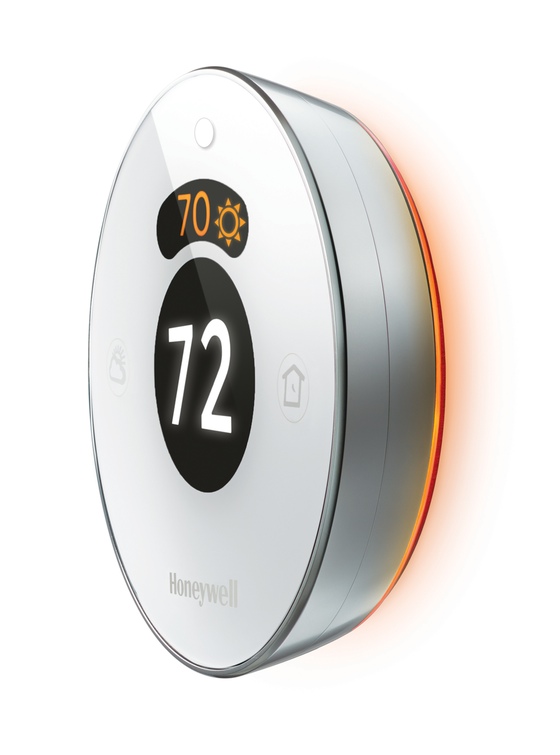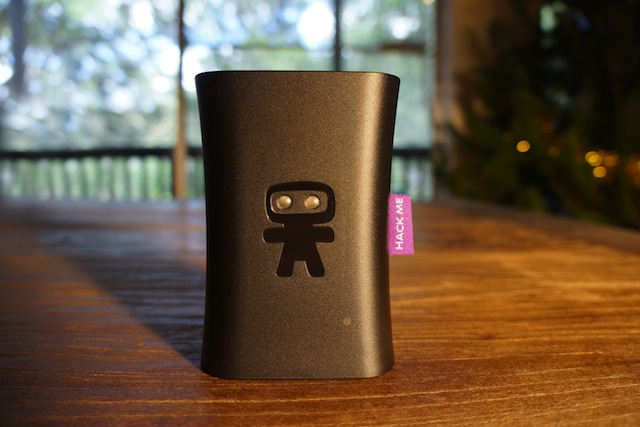Last week Apple sent a big message to the smarthome industry with their announcement of the Homekit, this week industrial control giant Honeywell has released its answer to the Google owned Nest smart thermostat with the Lyric.
The Lyric smart thermostat system is quite an impressive package; along with the smart thermostat, it includes a smartphone app and cloud service that lets users control their home heating remotely.
Other features are maintenance alerts, personalised heating settings and geolocation services for turning systems off and on when occupants are approaching or leaving home. To boot, Honeywell claim the Lyric can save households $200 a year.
The big incumbent
It’s a strong push into the smarthome market which Honeywell has been part of since the concept began thirty years ago and it shows incumbents don’t always sit back and wait for disrupters to steal their markets.
The Lyric’s strength is Honeywell’s massive installed base and its army of experienced contractors; the likely way the smarthome market will evolve is that most installations are going to be carried out while homes are being built or refurbished which gives the incumbents even more strength.
Open standards
What’s missing in the media releases and review is whether the Lyric’s cloud services will offer open APIs to other developers and what format household data will be available in. If it’s a relatively open system then it will have a big advantage over Google’s Nest which all indications show is going to be closed to other providers.
No doubt we’ll also be seeing compatible air conditioning units and heaters entering the market soon as well which will drive a standard of some sort to develop in the HVAC field, again the question of how open those protocols will be remains to be seen.
The next move is Google’s, it will be interesting to see how the company will react to the incumbents fighting back and Apple’s strong positioning to dominate the market.





